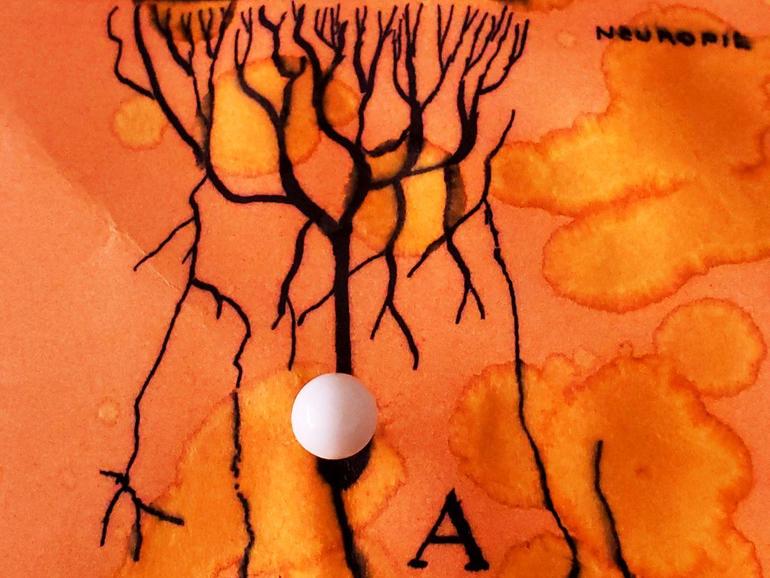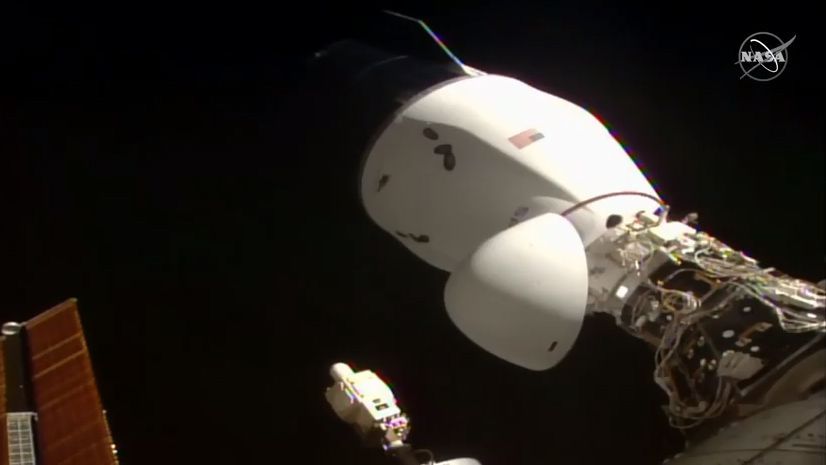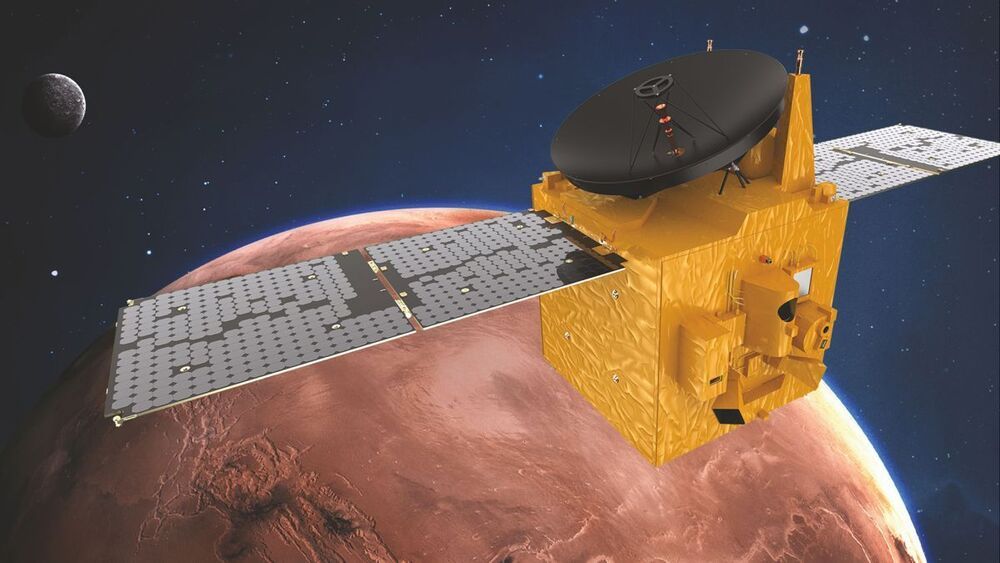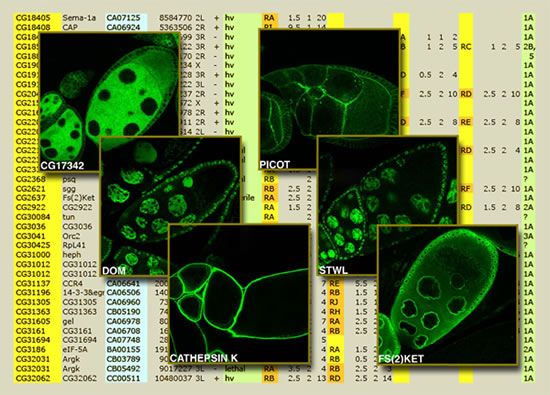The most expedient way to produce the algorithms you need for a new class of computer that works like the brain, its engineers are discovering, is through a Darwinian exercise in natural selection.



Its SpaceX’s first-ever autonomous Dragon docking.
A SpaceX Dragon cargo ship arrived at the International Space Station today (Dec. 7) to deliver vital supplies for NASA and try something brand-new: park itself without the help of astronauts.
The private spaceflight company used a Falcon 9 rocket to launch CRS-21, the first flight to use the upgraded version of its Dragon cargo spacecraft, to the space station Sunday (Dec. 6) from NASA’s Kennedy Space Center in Florida. The vehicle autonomously docked with the orbiting laboratory today at 1:40 p.m. EST (1840 GMT), parking at the zenith, or space-facing, side of the station’s Harmony module.
For too long, the coronavirus has been allowed to ravage human society. However, now, we have begun deploying our own weapon to fight back against this deadly pestilence- a vaccine. Today, the UK has approved of Pfizer and BioNtech’s coronavirus vaccine.
Discord Link: https://discord.gg/brYJDEr.
Patreon link: https://www.patreon.com/TheFuturistTom.
Please follow our instagram at: https://www.instagram.com/the_futurist_tom.
For business inquires, please contact [email protected]
A 50-year-old science problem has been solved and could allow for dramatic changes in the fight against diseases, researchers say.
For years, scientists have been struggling with the problem of “protein folding” – mapping the three-dimensional shapes of the proteins that are responsible for diseases from cancer to Covid-19.
Google’s Deepmind claims to have created an artificially intelligent program called “AlphaFold” that is able to solve those problems in a matter of days.

Plant scientists have revolutionised science and innovation. Research around the cell or cell biology was born out of plant science.
Researching plants is vital for our food security, maintaining our ecosystems and in our fight against climate change. Plant science is equally important to generate new knowledge that breaks disciplinary barriers to revolutionise several fields of research and innovation. But despite its valuable contribution, scientists and prospective young scientists often overlook plant science. It’s because of this low recognition, plant science doesn’t get the same prestige as other disciplines. This is detrimental to the future of plant science as bright young students continue to choose a career away from plant science. I never considered studying plants myself — it was entirely accidental that I studied plant science.
In other words, scientists and prize committees question the influence of basic plant science across different disciplines.
But the fact is that ever since the early days of science, plants have been central to breakthroughs. Discoveries in plant science have enabled technological advances that we enjoy today. Therefore, I’m aiming to write a series of blog posts to highlight a few significant findings from research in plants. Here, I explain how plant research revolutionised the field of cell biology.


Although Drosophila is an insect whose genome has only about 14,000 genes, roughly half the human count, a remarkable number of these have very close counterparts in humans; some even occur in the same order in the fly’s DNA as in our own. This, plus the organism’s more than 100-year history in the lab, makes it one of the most important models for studying basic biology and disease.
To take full advantage of the opportunities offered by Drosophila, researchers need improved tools to manipulate the fly’s genes with precision, allowing them to introduce mutations to break genes, control their activity, label their protein products, or introduce other inherited genetic changes.
“We now have the genome sequences of lots of different animals — worms, flies, fish, mice, chimps, humans,” says Roger Hoskins of Berkeley Lab’s Life Sciences Division. “Now we want improved technologies for introducing precise changes into the genomes of lab animals; we want efficient genome engineering. Methods for doing this are very advanced in bacteria and yeast. Good methods for worms, flies, and mice have also been around for a long time, and improvements have come along fairly regularly. But with whole genome sequences in hand, the goals are becoming more ambitious.”

“An investment in knowledge pays the best interest” — Benjamin Franklin
On November 24th, IBM is running a free, online Data & AI Conference for India and the Asia Pacific region, covering four tracks:
Host Mark Sackler and panelists discuss the challenges of getting governments and the public on board with one of the basic principles of longevity research: that the cause of all chronic diseases of aging is aging itself.
Last week, SpaceX has launched the Beta for its Starlink internet program. This space-based internet is turning out to be faster than expected, thus having the potential to give many people around the world opportunities to do things that their socio-economic situations would have never allowed them to have.
Here is the petition link: https://www.change.org/p/save-vital-industries-call-for-subs…satellites
Discord Link: https://discord.gg/brYJDEr
Patreon link: https://www.patreon.com/TheFuturistTom
Please follow our instagram at: https://www.instagram.com/the_futurist_tom/
For business inquires, please contact [email protected]